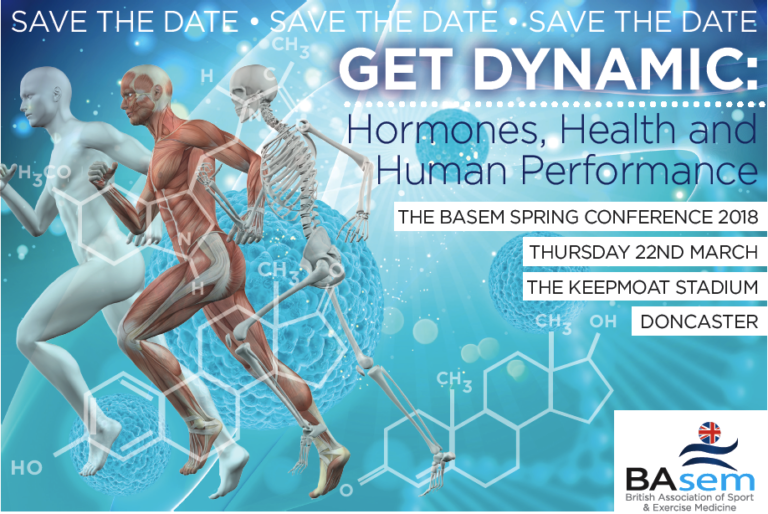By Dr Nicky Keay
Competitive cyclists are potentially at risk of suboptimal bone health. Although cyclingis excellent for cardiovascular fitness, this type of non skeletal loading exercise does not mechanically stimulate osteogenesis (bone formation). This situation of low mechanical osteogenic stimulus to build bone can be compounded by restrictive eating patterns and associated hormone dysfunction of relative energy deficiency in sports (RED-S).
In a recent pilot study 7/10 competitive cyclists (Cat 2 and above) had low age-matched bone mineral density (BMD) in the lumbar spine. This is comparable to another study where 15/28 male cyclists training over eight hours a week were found to have low BMD for their age and were therefore at risk of low trauma fracture. However, cyclists with a lower training volume (Cat 4) did not fair so badly in terms of BMD, due to higher body mass index (BMI) and fat mass. Although greater body mass mechanically loads the skeleton, the downside is that you need to generate more power to get up a hill.
Why is cycling unique compared to other sports where an important adaptation to training is to improve, not impair, bone health? What are the practical solutions to prevent this potential negative effect of cycle training?
Site Specific Effects on Bone Mineral Density

The illustration shows how different sports exert site specific effects on the bone mineral density of the skeleton. In general terms, hip femoral neck BMD is more dependent on mechanical loading osteogenic stimuli, whereas lumbar spine BMD is more dependent on nutritional and Endocrine status.
What are the most effective mechanical osteogenic stimuli? Evidence from animal models demonstrates that bone responds to exercise that is dynamic, non-repetitive and unpredictable. Load and repetitions are not such important factors. This is shown in a study of track and field athletes, where sprinters were found to have higher BMD at load bearing sites of the skeleton than long distance runners due to a local loading effect rather than a systemic effect associated with repetitive loading nature of longer distance running. The other important consideration is that sprinters and rugby players tend to weigh more with higher lean mass than distance runners, providing higher skeletal loading forces. These differences in anthropometric and body composition metrics are also associated with different nutritional and Endocrine status.
In contrast to sports involving running, rowing creates a mechanical osteogenic stimulus that is directed through the lumbar spine, resulting in an associated increase in BMD at this site. This can prevent bone loss at the lumbar that would be anticipated with rowers experiencing RED-S.
Swimming and cycling are similar in that both these types of exercise do not provide mechanical skeletal loading osteogenic stimulus. However the consequences on BMD, particularly at the lumbar spine, can be compounded in cycling by the performance advantage of low body mass and therefore potential of restrictive nutrition and consequent effect on Endocrine status: factors which impact bone health.
In the recent pilot study of competitive cyclists, although 7/10 had below average for age lumbar spine BMD, those with stronger bones had a previous history of other sports that improve BMD at this site: namely rugby and rowing, together with the cyclist doing concurrent and consistent weight training throughout the season. These findings were consistent with a study where male riders who had undertaken pre-season weight training had better BMD than riders who had not. Cumulative skeletal loading over a lifetime determines BMD. However, the skeletal system is dynamic and as with any training adaptation, any beneficial effects of skeletal loading exercise are reversible if not maintained throughout the lifespan.
Typically, the objective of off-bike strength and conditioning (S&C) is aimed at producing higher watts on the bike. Some strengthening exercises may, as by product, produce an osteogenic stimulus indirectly by muscle pulling on bone. Should off-bike work include specific mechanical axial skeletal loading exercises that are continued throughout the season? Skeletal loading exercises for cyclists would have to be effective and practical, not requiring access to gym and possible to fit into training schedule throughout the season. This will be investigated in a forthcoming study of competitive male cyclists.
In meantime there will be more discussion on “Health, Hormones and Human Performance” at the BASEM conference 22 March. All welcome, including athletes and coaches, alongside healthcare professional working with athletes.
None declared
References
Male Cyclists: bones, body composition, nutrition, performance
Cycling and bone health: a systematic review BMC Medicine 2012
Male Athletes: the Bare Bones of Cyclists
Comparisons of Bone Mineral Density Between Recreational and Trained Male Road Cyclists Clinical Journal of Sport Medicine 2016
Longitudinal Assessment of Bone Mineral Density and Body Composition in Competitive Cyclists Journal of Strength and Conditioning Research 2017
Kings and Queens of the Mountains Science4Perforamnce
Inhibition of osteopenia by low magnitude, high-frequency mechanical stimuli Drug Discovery Today 2001
Bone density and neuromuscular function in older competitive athletes depend on running distance Osteoporosis International 2012
Menstrual state and exercise as determinants of spinal trabecular bone density in female athletes BMJ 1990
Male Athletes: the Bare Bones of Cyclists
Resistance Training Is Associated With Higher Lumbar Spine and Hip Bone Mineral Density in Competitive Male Cyclists Journal of Strength and Conditioning Research 2018
A meta-analysis of brief high-impact exercises for enhancing bone health in premenopausal women Osteoporosis International 2012
Longitudinal Changes in Bone Mineral Density in Male Master Cyclists and Nonathletes The Journal of Strength & Conditioning Research 2011
